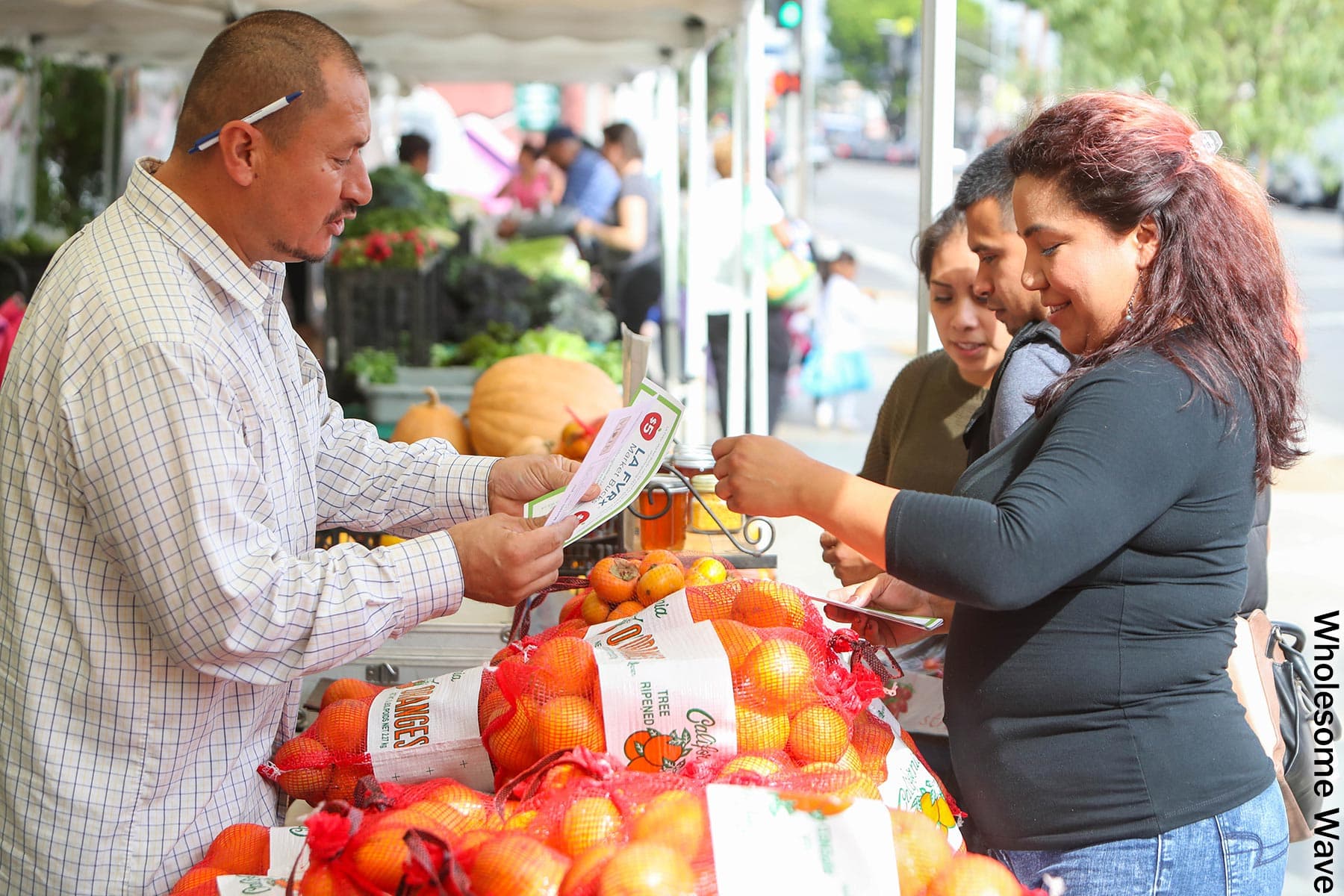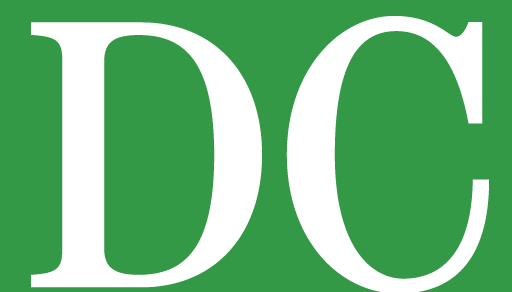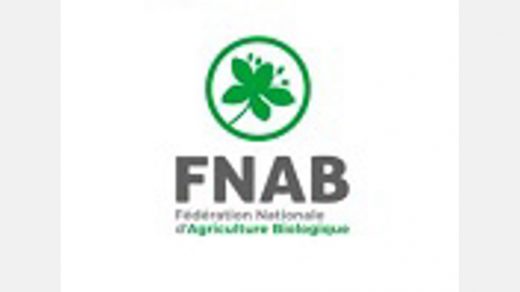July 23, 2021 — Chef Michel Nischan has won the prestigious James Beard Award four times, written cookbooks, and launched a restaurant with the late actor Paul Newman. But the motto on his website reveals what he’s really about: “Changing the world through food.”
As co-founder and chairman of Wholesome Wave, a nonprofit founded in 2007 to solve not just food insecurity but nutritioninsecurity, he wants people to have not just enough food, but the right foods. And that means foods that will preserve health and delay or prevent a diagnosis of diabetes, high blood pressure, obesity, and other chronic ailments. When grocery money is scarce, experts know, produce is often replaced by cheaper, highly processed, unhealthy choices.
The solution, say Nischan and others, is to make fruits and vegetables affordable and accessible to people with food insecurity through produce prescription programs. His organization funds the National Produce Prescription Collaborative and partners with organizations to offer the programs. Across the country, other coalitions and programs have formed at the state and local levels to do the same.
The premise is simple: A health care provider or a health insurance plan provides a ”prescription” for produce. Patients redeem it at a local farmer’s market, grocery store, or a community-based sponsoring organization.
The programs have grown steadily, especially in the past 5 years, according to a report published this year. Funding has increased but still isn’t enough, experts say. And there are still major gaps in being able to get to produce.
The need is great. According to the U.S. Department of Agriculture, food insecurity did decline somewhat, from 11.1% of households in 2018 to 10.5% in 2019. But that rises to 34.9% of households with incomes below the federal poverty line. Single-parent, Black, and Hispanic households are more vulnerable than others.
During a recent webinar, Nischan and others provided a snapshot of current produce prescription programs. They identified 108 programs that began between 2010 and 2020, with 94 of those active as of December 2020.
According to the CDC, just 1 in 10 U.S. adults get enough fruits and vegetables daily. (Recommendations vary by age and sex, but adult women need at least 1.5 cups of fruit and 2.5 cups of vegetables daily; adult men, at least 2 cups of fruit and 3.5 cups of vegetables daily.)
The idea of boosting produce intake by writing it as a prescription seems simple. Instead of waiting until a patient’s blood sugar, blood pressure, weight, or other health measure is so abnormal that medication is needed, a doctor would refer the patient to a nutritionist and give them access to a produce prescription program. The doctor might say: “You have a high blood sugar level. If you don’t improve it, you may develop diabetes. Here is a prescription for produce that may help you delay or avoid that.”
Our #GeorgiaFreshForLess program offering 50% off fresh, local food with SNAP/EBT kicks off TOMORROW at #CartersvilleFarmersMarket! Visit from 8 AM-12 PM to swipe your EBT card for tokens to buy all kinds of food + DOUBLE the amount of fruits & veggies. @CartersvilleDDA pic.twitter.com/OI71jKbIal
The programs have the potential to save millions in medical costs for dialysis, surgeries, and other expenses, Nischan says. He and others are pushing for the programs to become common and reimbursable though health plans.
Some health care providers are already taking part, but advocates want it more widespread. “Once the HMOs see the cost savings, they will figure out how to make them available,” Nischan says. “If we can institutionalize it through policy,” he jokes, “I can retire.”
Why the focus on produce? Because of the ”tons of scientific evidence” that eating produce can improve health, Nischan says.
To gain widespread support for the programs, even advocates say, research must show they not only increase produce intake, but that the increased intake translates to better health. A sampling of what’s been found so far:
Those who take part in the programs are often grateful for the difference the produce prescriptions make, says Kaely Summers, the health equity manager at Adelante Mujeres, an Oregon-based nonprofit that empowers low-income Latina women. The group surveyed people who took part in one of its produce prescription programs. Among the responses:
We were so thrilled to welcome @RepMcGovern and @EleanorNorton to the @GiantFood on Alabama Ave to talk about our Produce Rx program and the importance of produce prescriptions & other #foodasmedicine programs pic.twitter.com/ehlfYFjElM
“I’m eating more fruits and vegetables. My pain is going away and so is my anxiety.”
“The doctor had told my husband that he was overweight and pre-diabetic. Now, he lost 15 pounds. When he went to his checkup, the doctor was surprised and congratulated him.”
“My husband doesn’t need as much medicine anymore.”
“With the fruits and vegetables, my son lost weight and so did I.”
Experts say financial support needs to be increased and made more stable, and health insurers need to start looking at produce prescription programs as a covered preventive health benefit.
The 2018 Farm Bill gave the Gus Schumacher Nutrition Incentive Program (GusNIP) mandatory funding and added a newly authorized produce prescription program. The funding increases in steps to $56 million for fiscal year 2023 and thereafter.
“Because GusNIP is funded at $50 million-plus per year, it has achieved baseline,” Nischan says. “Once a piece of legislation achieves ‘baseline’ status, it is a permanent part of an overall bill.”
So it will continue to be funded, but the challenge is to have the funding keep up with need, he says.
With the required private sector matching, GusNIP generates about $100 million a year, Nischan says. In reality, he estimates, funding of $25 billion yearly would be needed to take care of all the families struggling to afford produce. He bases that estimate on the approximately 45 million people eligible for the Supplemental Nutrition Assistance Program (SNAP, formerly known as food stamps) who he says ideally should have about $550 worth of fruits and vegetables per year.
In late 2020, Harvard’s Center for Health Law and Policy Innovation launched an initiative, “Mainstreaming Produce Prescription (Rx) Programs,” to increase access to nutritious food and to improve the health of those with diseases related to diet.
It’s really hard to increase fruit & veg intake – I’ve rarely seen an intervention increase it by >1 serving a day@HarvardCHLPI @Harvard_Law are working on ‘Mainstreaming Produce Prescriptions’ & their results are really inspiring – check it out here 👇https://t.co/9Nuy6Ii2zB https://t.co/xHLqTeZrWR pic.twitter.com/sFI7zveURJ
The Rockefeller Foundation is supporting the effort. A national strategy is being developed. While interest in the programs is widespread, according to Harvard experts, most of the programs are still funded with small private, local, or state grants. They are often narrowly targeted or time-limited. Their goal — as well as that of many experts — is to embed the programs into health care and food systems infrastructure.
During the webinar, Katie Garfield, an instructor at the Center for Health Law and Policy Innovation, noted slow but steady progress in making the produce prescription programs common. In an email interview, Garfield said that “ideally over the next 5 years, we should see an expansion of access to these programs. To support new programs and expand the reach of existing programs, it will be critical to create pathways to sustainable funding.”
More health care providers and health insurers have expressed interest in partnering with the produce prescription programs. For instance, some Medicaid managed care plans have set up pilot programs with the produce prescription programs. Garfield supports larger policy changes, such as including produce prescriptions as a covered benefit for Medicaid and Medicare participants.
Kaiser Permanente, a large health plan, is testing a produce prescription program with members who are food insecure and have diabetes, according to Pamela Schwartz, executive director of community health there.
Garfield says there is a long way to go. If you think of our health care system as a house, she says, the produce prescription programs are ”just sneaking in around the windows.”
She says they should be coming into the front door.
Michel Nischan, co-founder, Wholesome Wave; chef; sustainable food advocate.
Wholesome Wave: “Produce Prescription Programs Then and Now” webinar; “2020 Impact Report,” “Produce Prescription Programs: U.S. Field Scan.”
Harvard Center for Health Law and Policy Innovation: “Mainstreaming Produce Prescriptions: A Policy Strategy Report,” “New Initiative to Mainstream Produce Rx Programs Promotes Access to Healthy Food for Lower-Income & At-Risk Groups.”
Preventing Chronic Disease: “Effect of a Fruit and Vegetable Prescription Program on Children’s Fruit and Vegetable Consumption.”
Katie Garfield, clinical instructor, Center for Health Law and Policy Innovation, Harvard Law School, Cambridge, MA.
U.S. Department of Agriculture: “Food Security and Nutrition Assistance,” “Local and Regional Foods.”
Adelante Mujeres: “Produce Rx Evaluation Report.”
National Produce Prescription Collaborative.
Kaely Summers, health equity manager, Adelante Mujeres, Forest Grove, OR.
Pamela Schwartz, executive director of community health, Kaiser Permanente Institute for Health Policy, Washington, DC.
CDC: “Only 1 in 10 Adults Get Enough Fruits or Vegetables.”
© 2005 – 2019 WebMD LLC. All rights reserved.
WebMD does not provide medical advice, diagnosis or treatment.
See additional information.
Prescriptions for Fruits and Vegetables a Blossoming Program – WebMD




